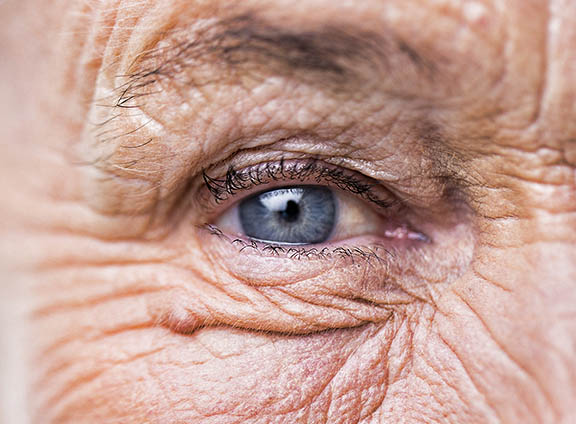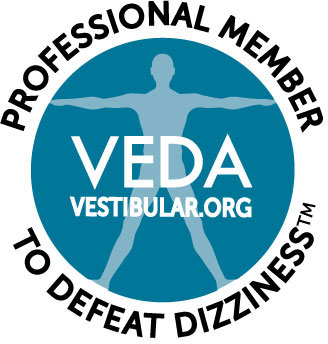A stroke happens when blood flow to brain tissues slows down because of a blockage in a blood vessel or damage to a blood vessel. A stroke can severely impact vision in a person, from vision loss to double vision. The effects of a stroke can be long-lasting.

Strokes Can Cause Visual Field Loss
Vision is the primary sense that helps in perception, learning, cognition and many other basic daily activities. When vision is impaired after a stroke, a person can struggle to identify objects and people, run into walls and physical objects, and generally suffer from constant embarrassment and accidents.
A person who has had a stroke may experience decreased vision and visual field loss where they are blind to almost half of their previous field of vision. This also leads to increased falls and injury.
It is important to visit a specialized eye doctor after a stroke to receive formal visual field testing. The doctor will test and document which areas of the visual field have been affected, and create a baseline from which to compare if the patient experiences any visual field loss in the future.
Prismatic Lenses & Post-Stroke Visual Field Loss
For a person who has suffered a stroke and experienced post-stroke visual field loss, prismatic lenses can help in reducing problems from visual field loss and thus lower the risk of bumping into objects, falling down and suffering other injuries. Specialized prisms can be used to create a larger field of vision, increasing the patient’s ability to read text and move in their environment.
Other eye conditions such as binocular vision dysfunction can also be treated with realigning prismatic lenses. After a stroke, many people develop a problem with their binocular system. Many patients have suffered from discomfort, dizziness, headaches, eye strain, anxiety, pain and other symptoms of binocular vision dysfunction for years without being treated or even diagnosed.
Binocular Vision Dysfunction (BVD) & Prismatic Lenses
Binocular vision dysfunction occurs from a small eye misalignment which is not picked up in a regular eye exam. For a patient who has binocular vision dysfunction, being properly diagnosed can make a tremendous difference as he or she no longer experiences headaches, anxiety, stress, eye strain and discomfort.
Prisms in realigning prismatic lenses move or redirect the direction of light that enters the eye. The prism is either ground directly into the patient’s eyeglasses or available in a patch format called Fresnel prisms that are then placed directly on the eyeglass lenses.
At the Neuro Visual Center of New York, we assist patients by providing them with a proper, careful diagnosis using specialized equipment and effective techniques. We treat post-stroke visual field loss, binocular vision dysfunction and other vision problems, helping our patients improve their eyesight and experience better comfort and visual clarity. Call us at (516) 224-4888 for further information and to set up your appointment.





